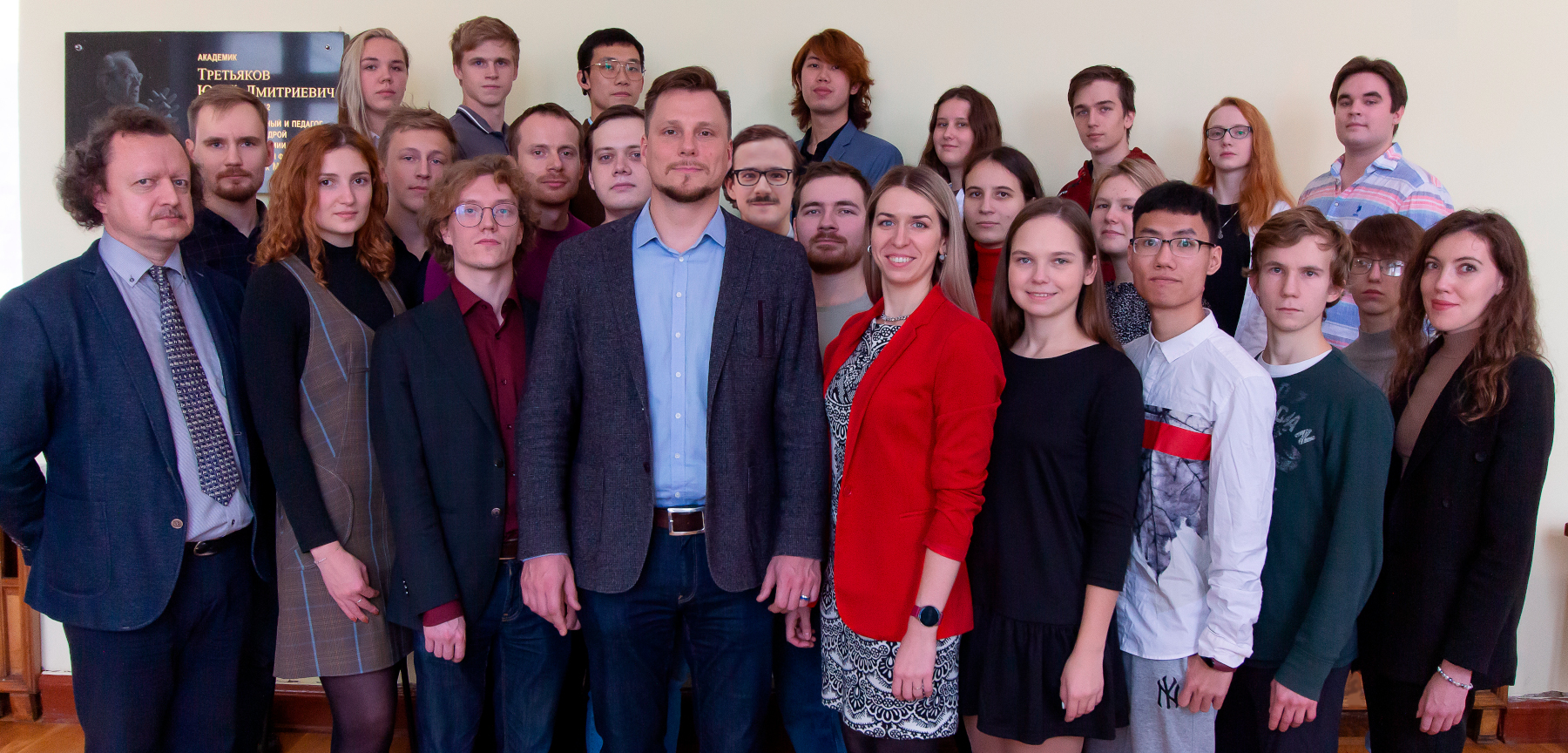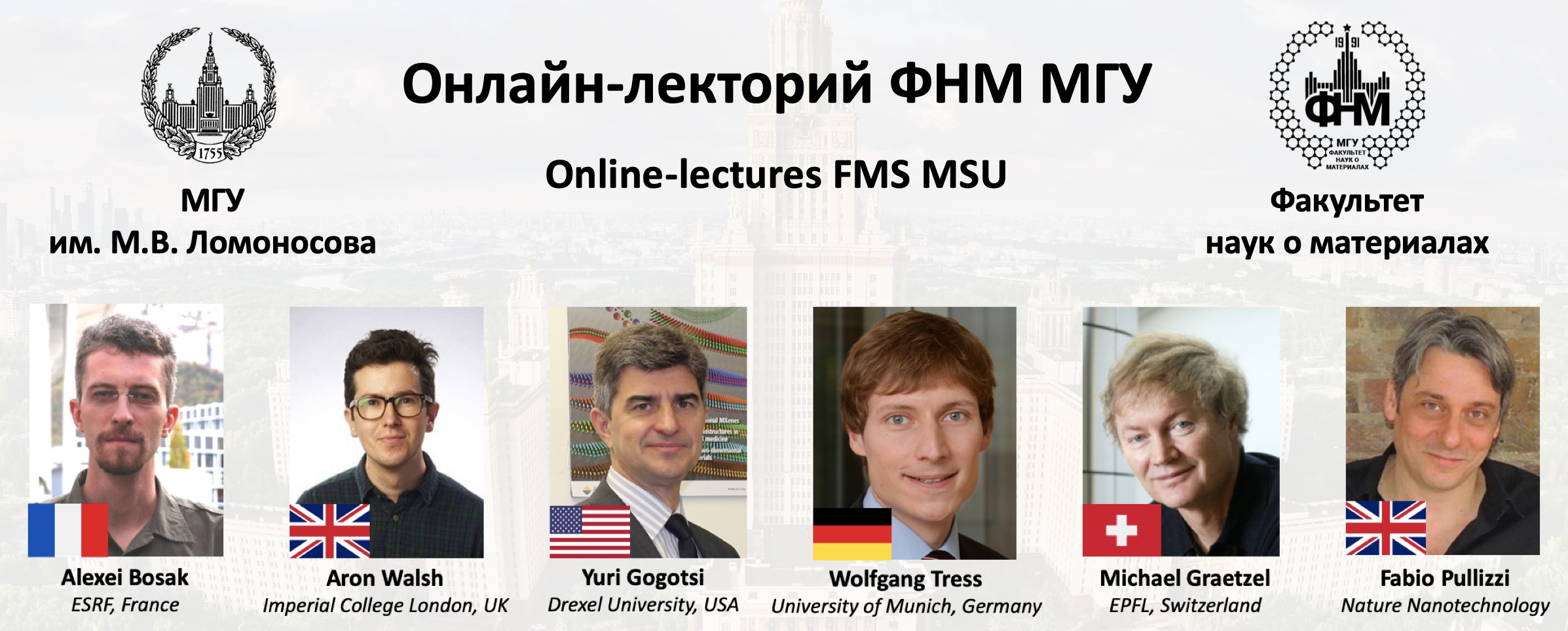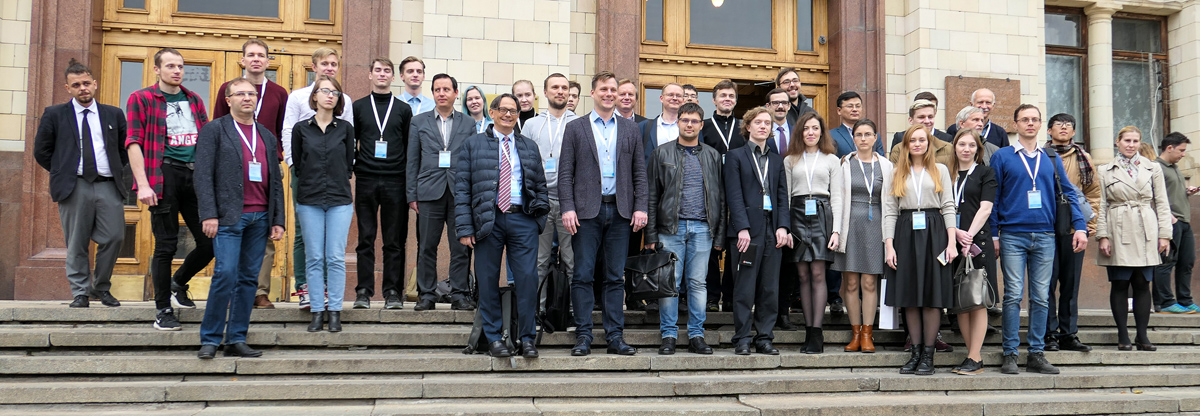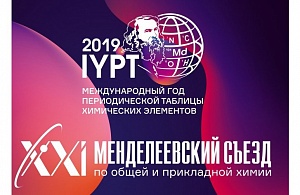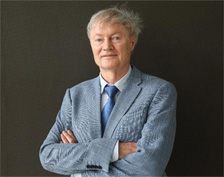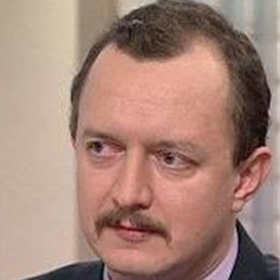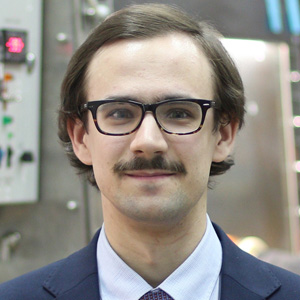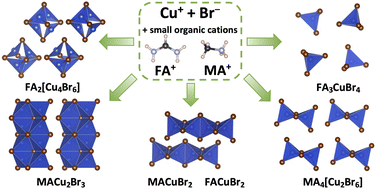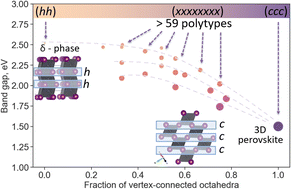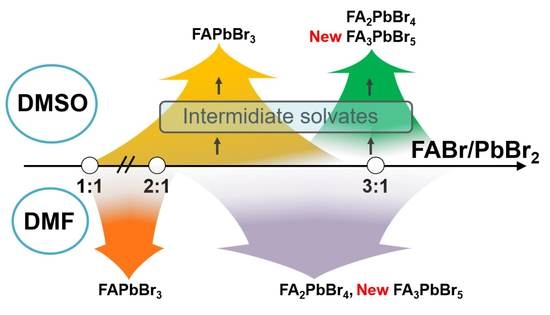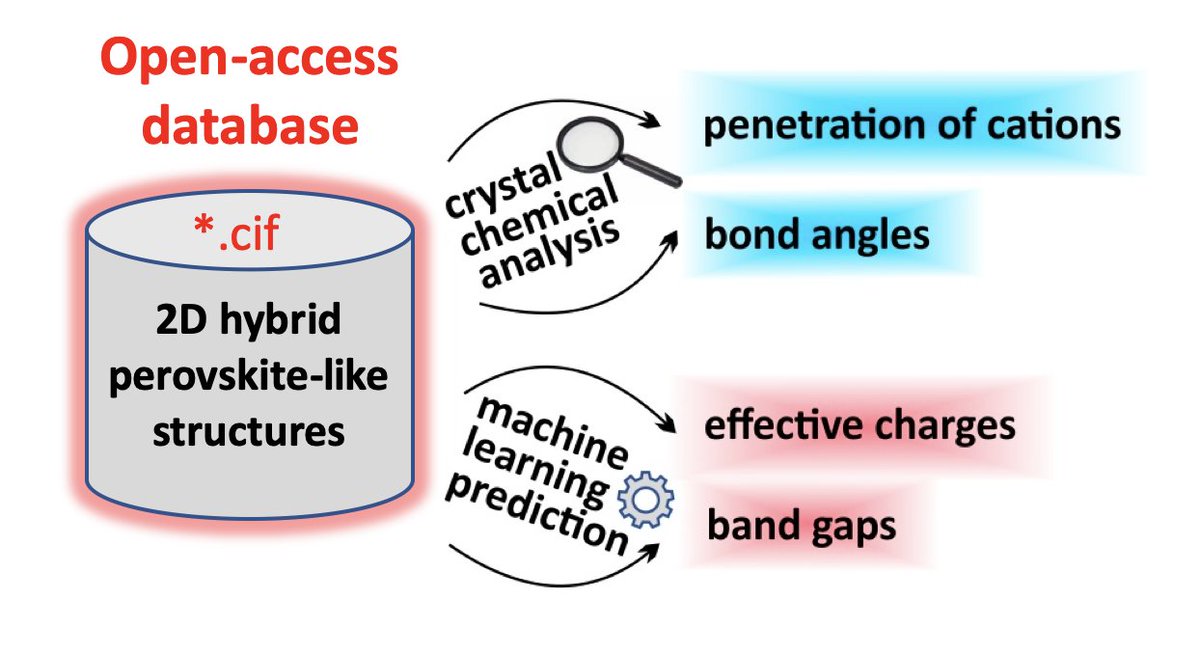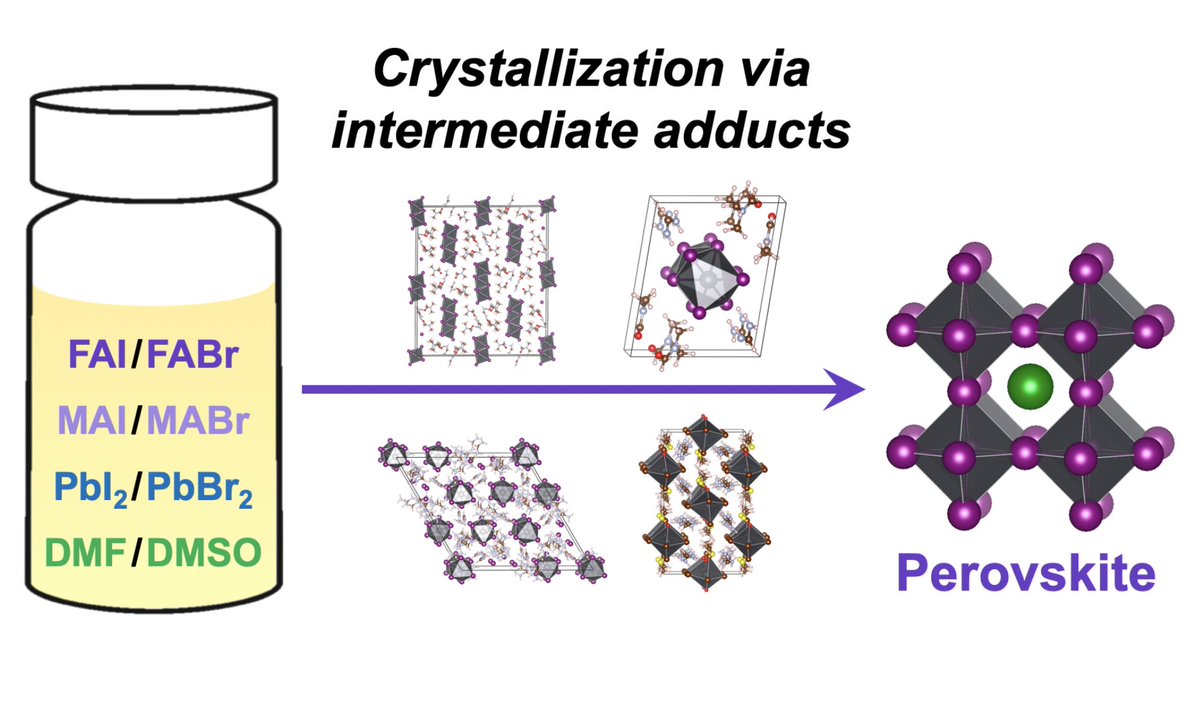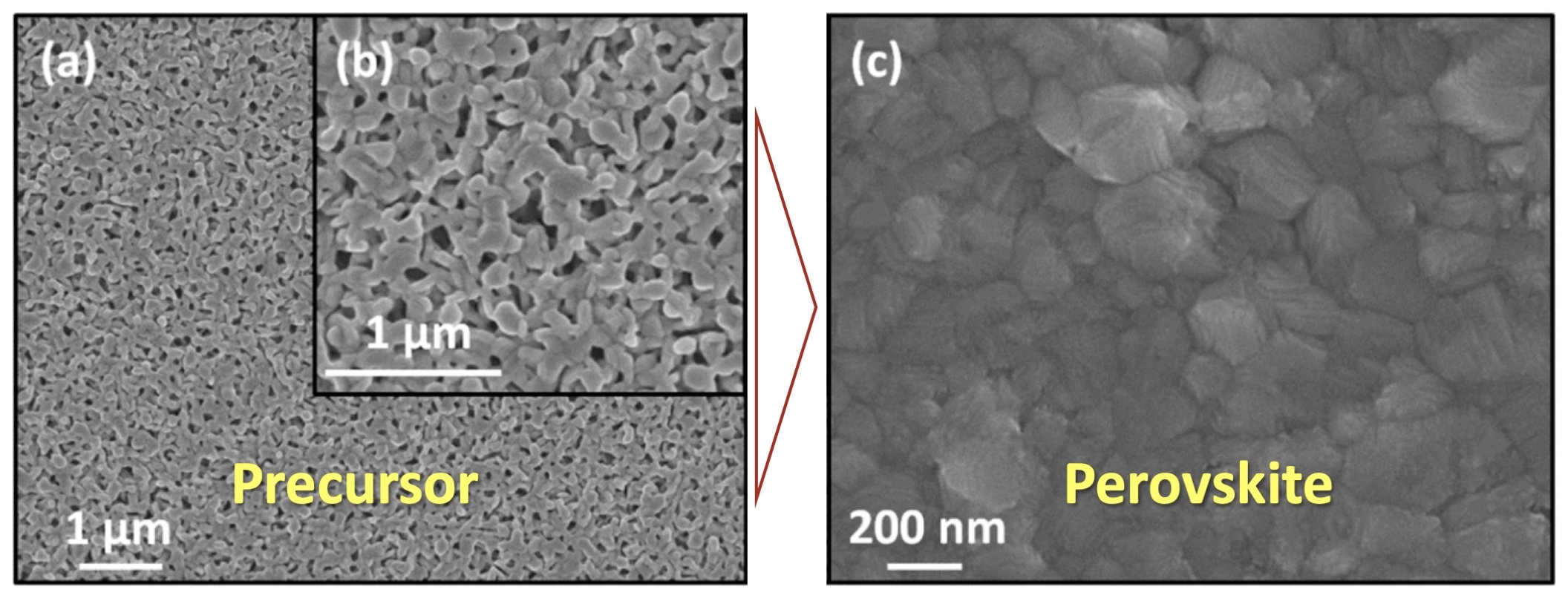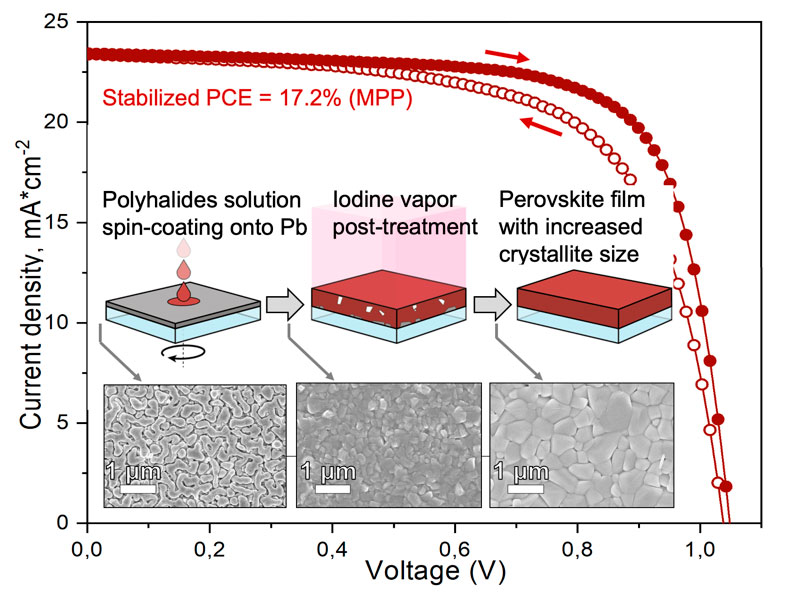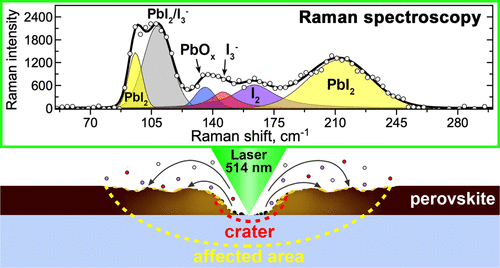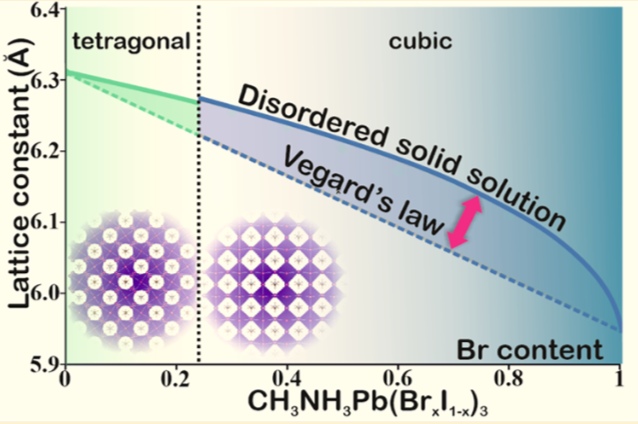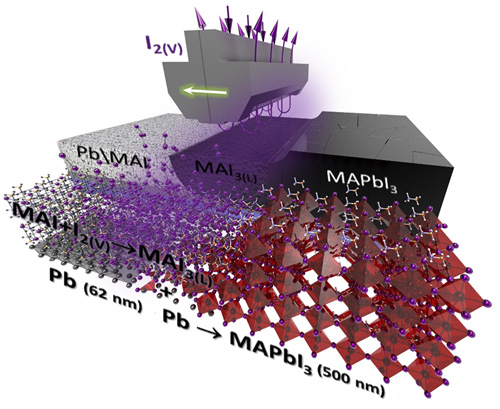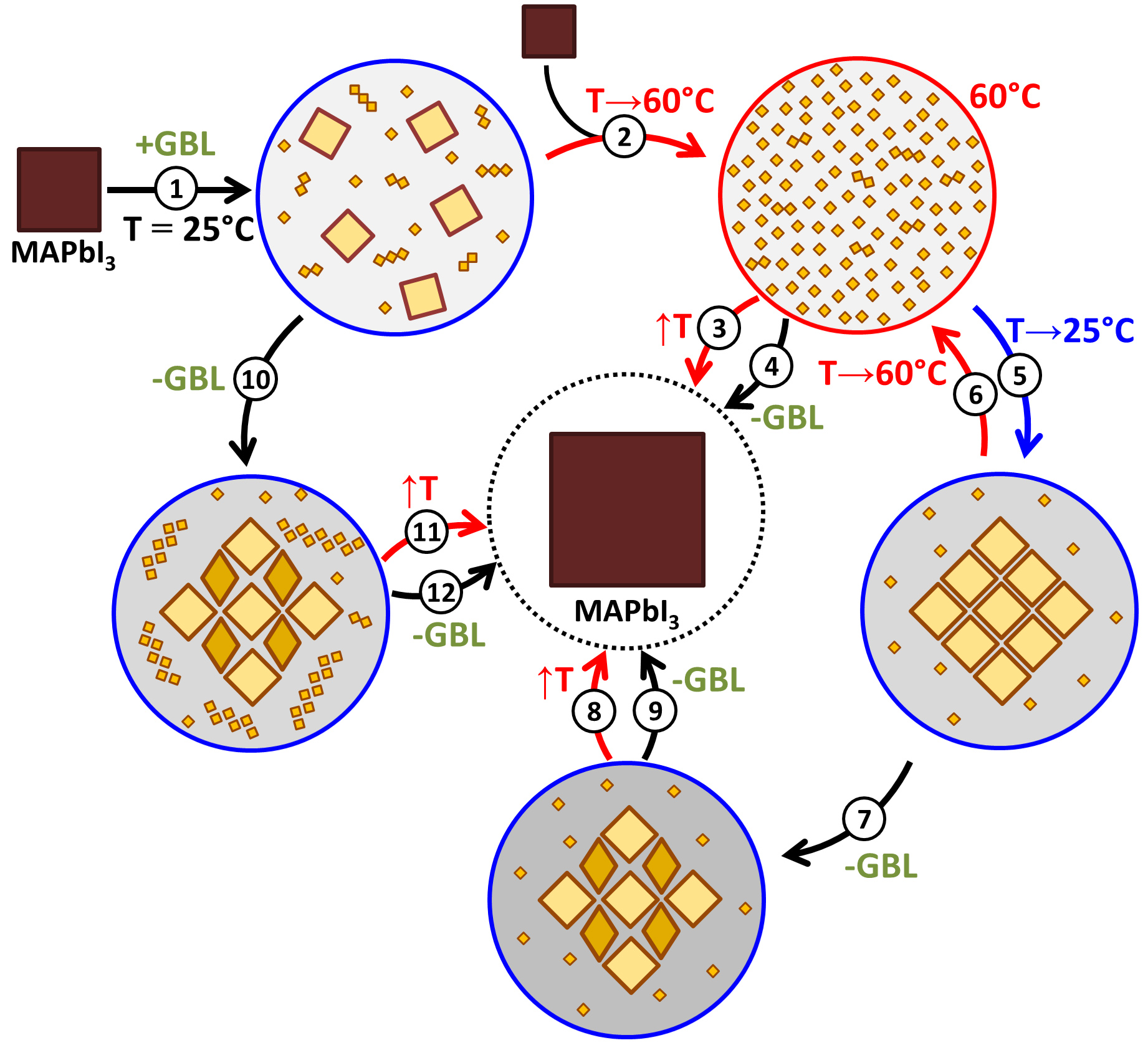The second international conference on perovskite photovoltaics MAPPIC-2020 held at Moscow State University
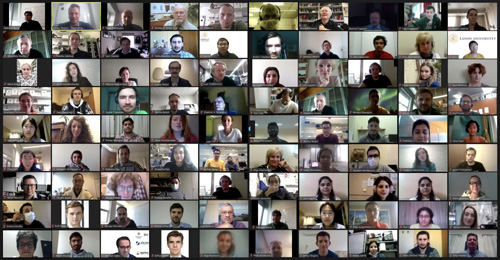
On October 26-28th, Moscow Autumn Perovskite Photovoltaics International Conference (MAPPIC-2020) was held at the Moscow State University for the second time. The conference was organized by the Laboratory of New Materials for Solar Energetics on the Faculty of Materials Science and the Faculty of Chemistry with the support of the Russian Science Foundation (project No. 19-73-30022).
Due to the difficult global epidemiological situation, it was decided to hold the conference online, which, however, did not stop foreign participants from taking part. In total, over 250 scientists from the leading scientific centers of 30 countries took part in the conference as speakers and listeners.



